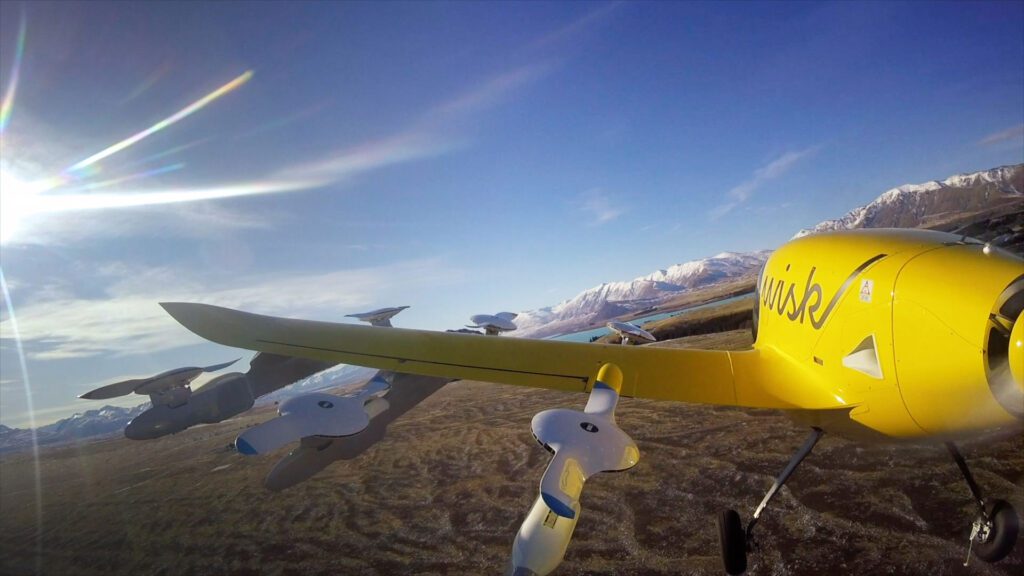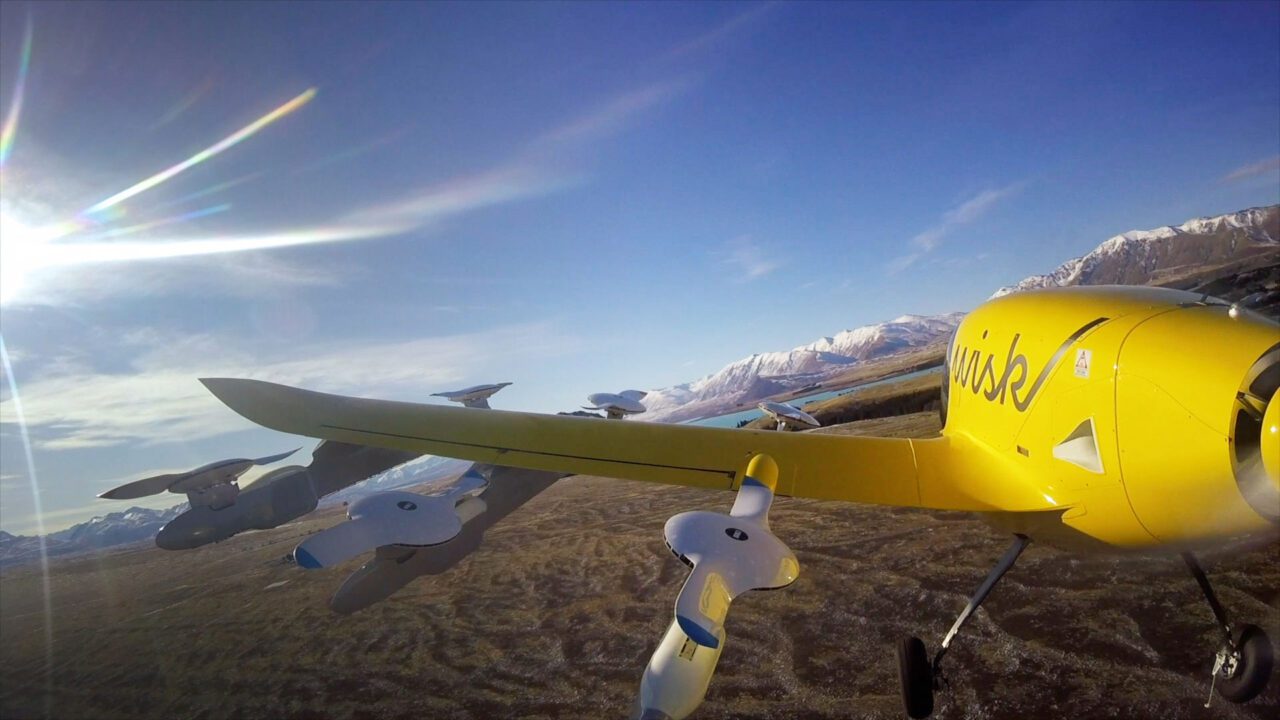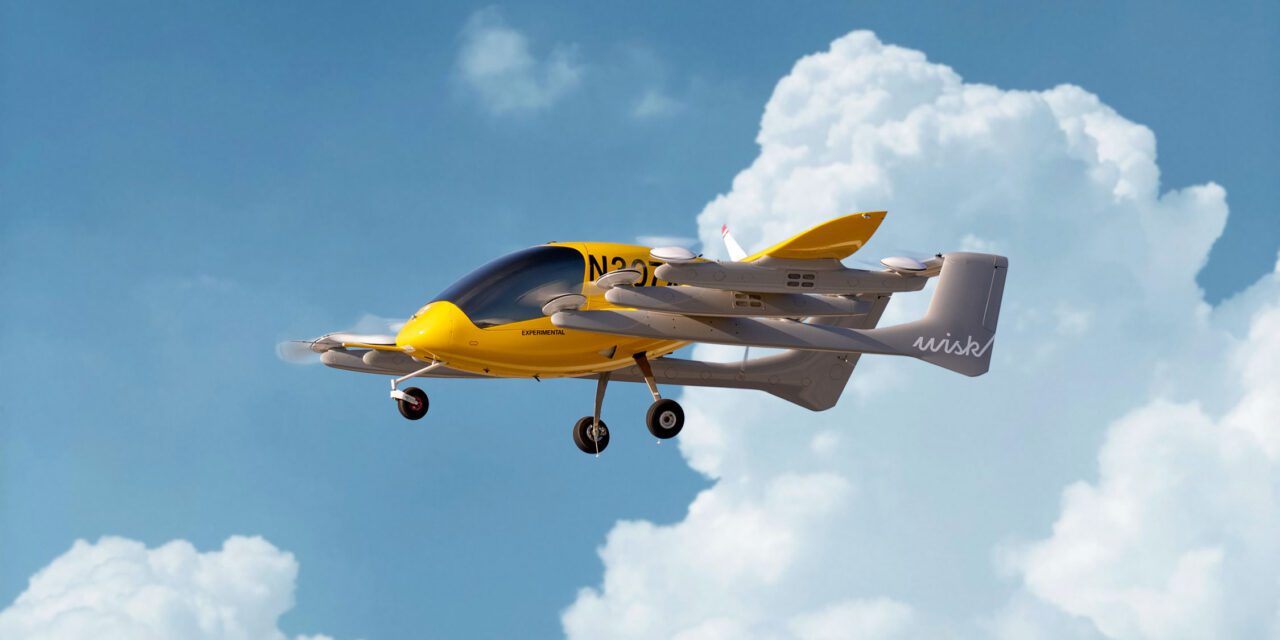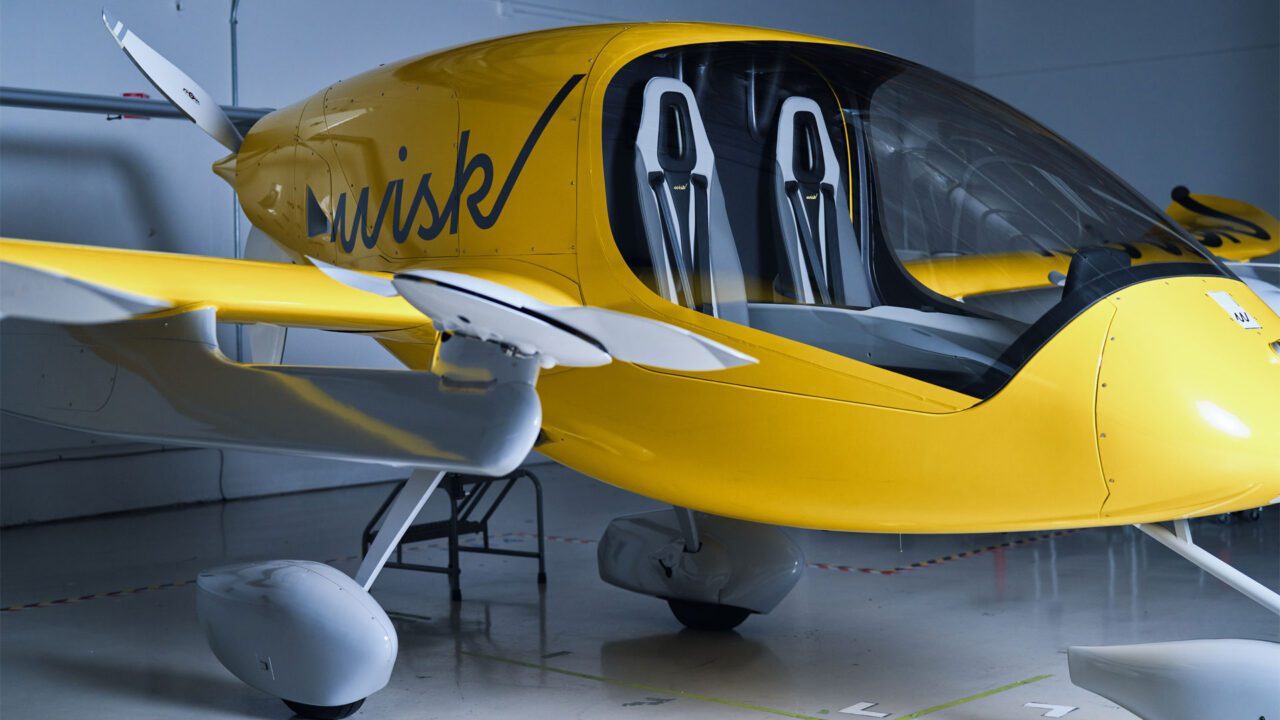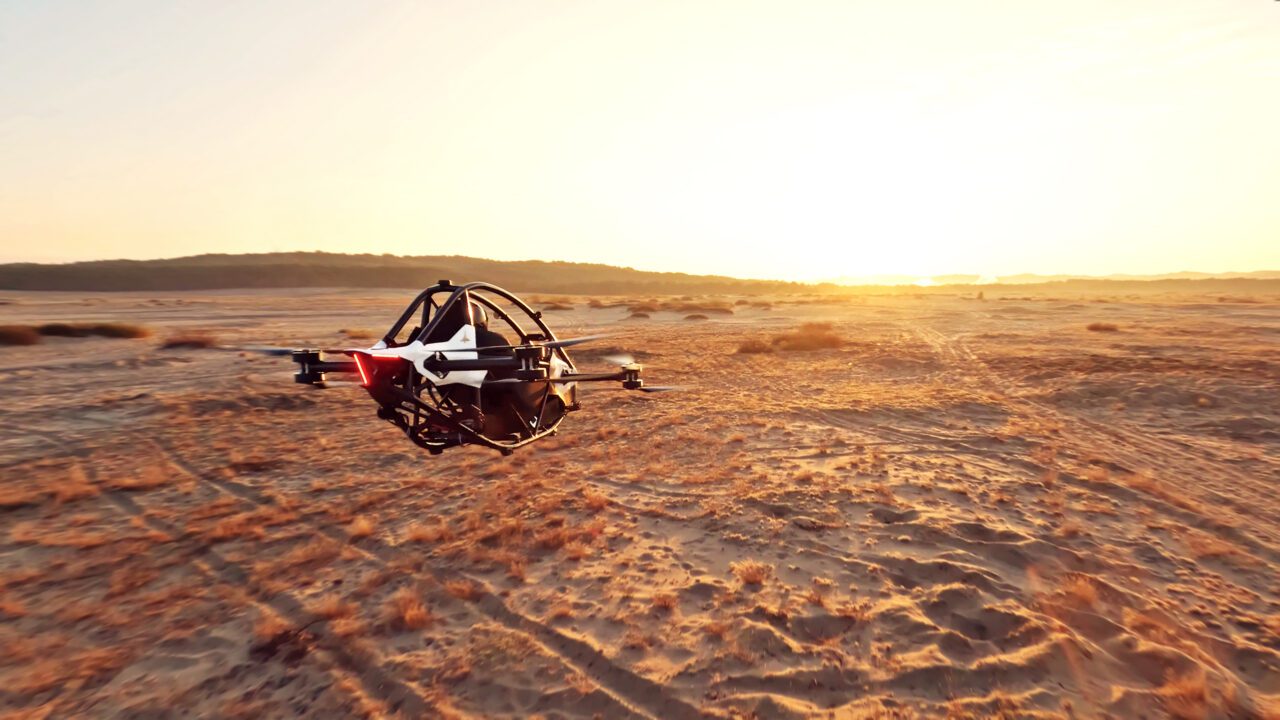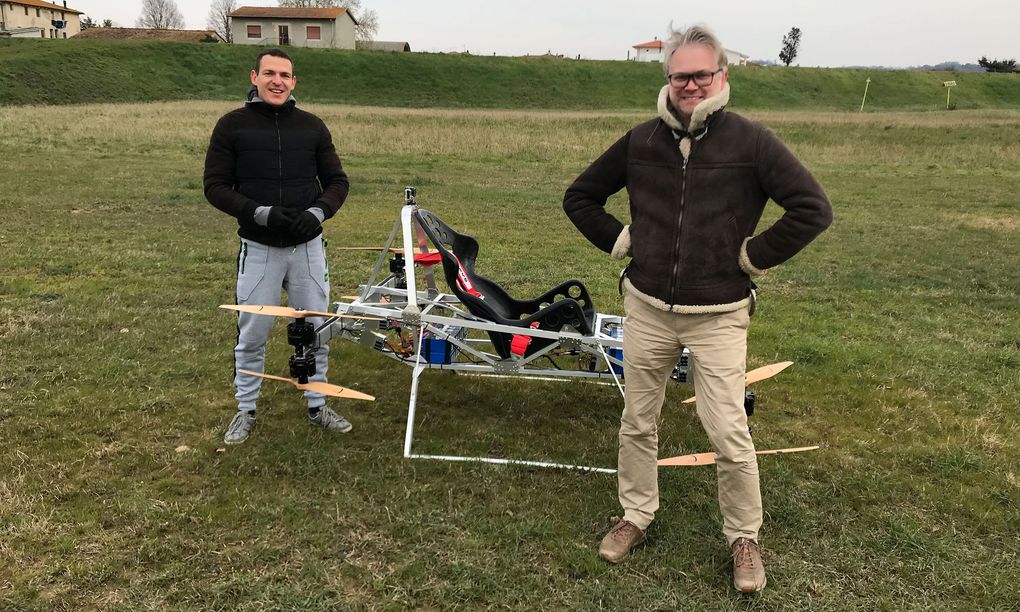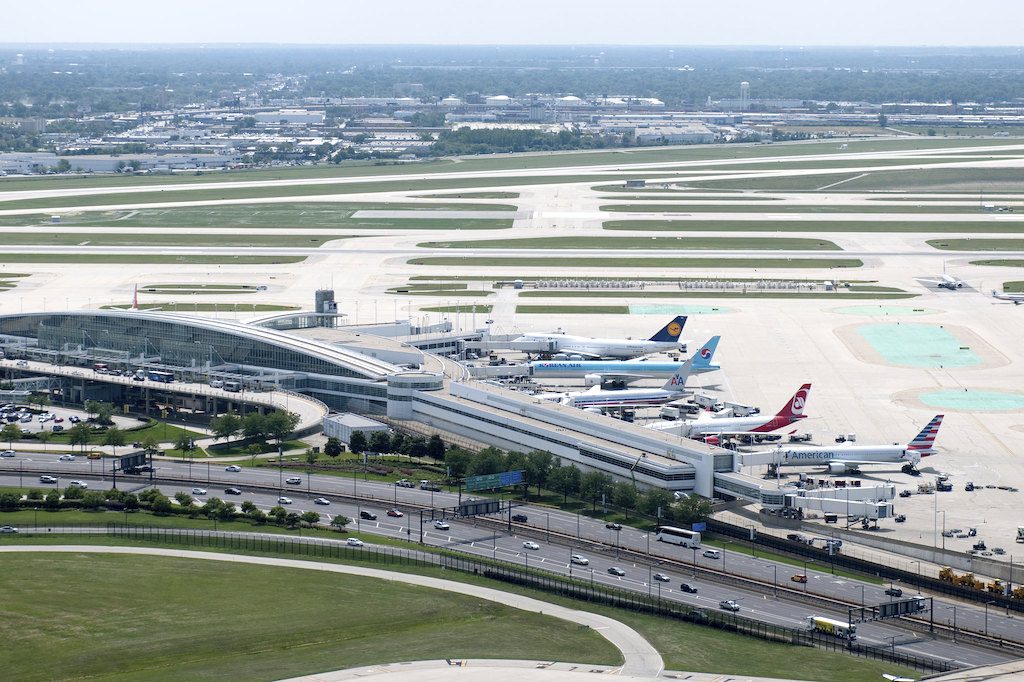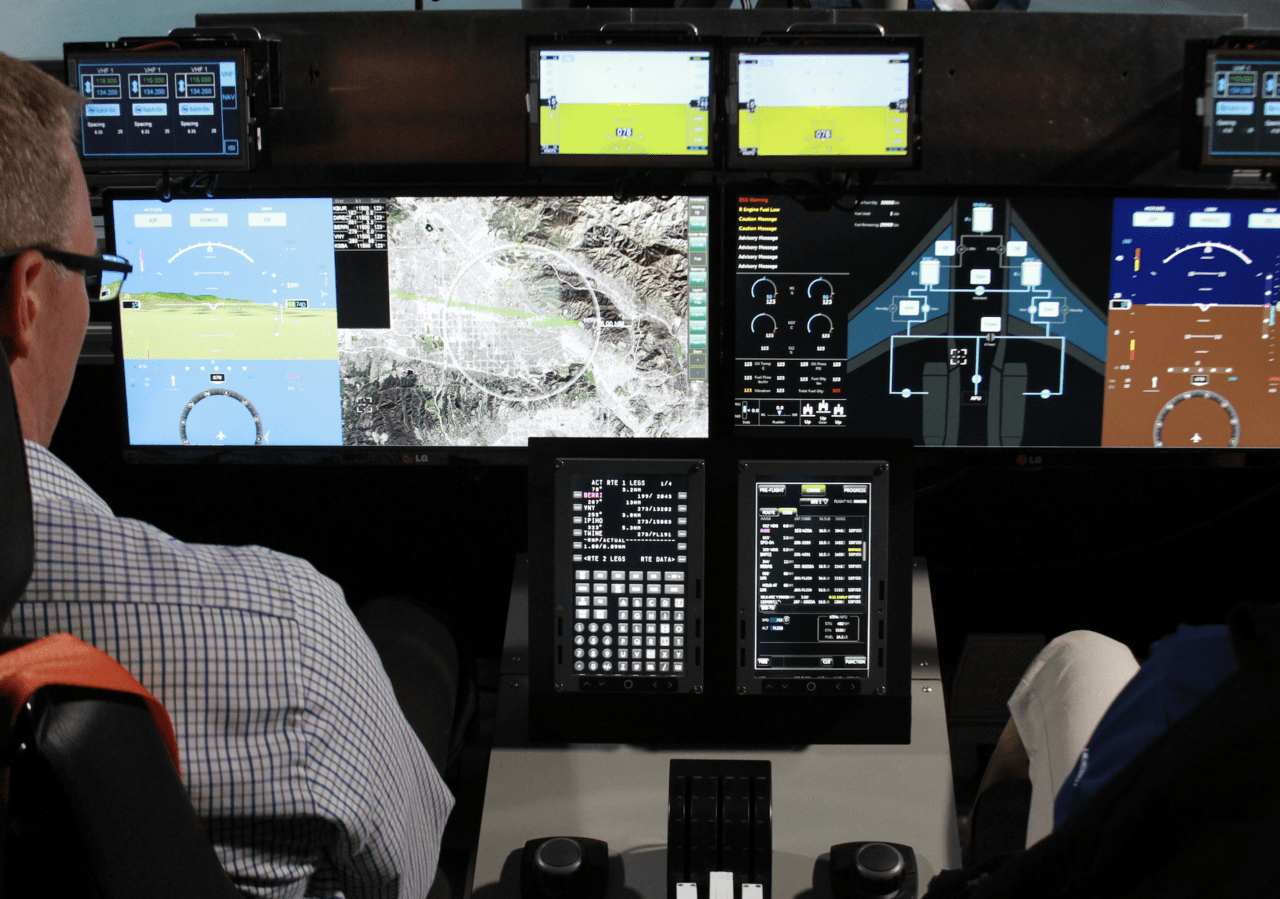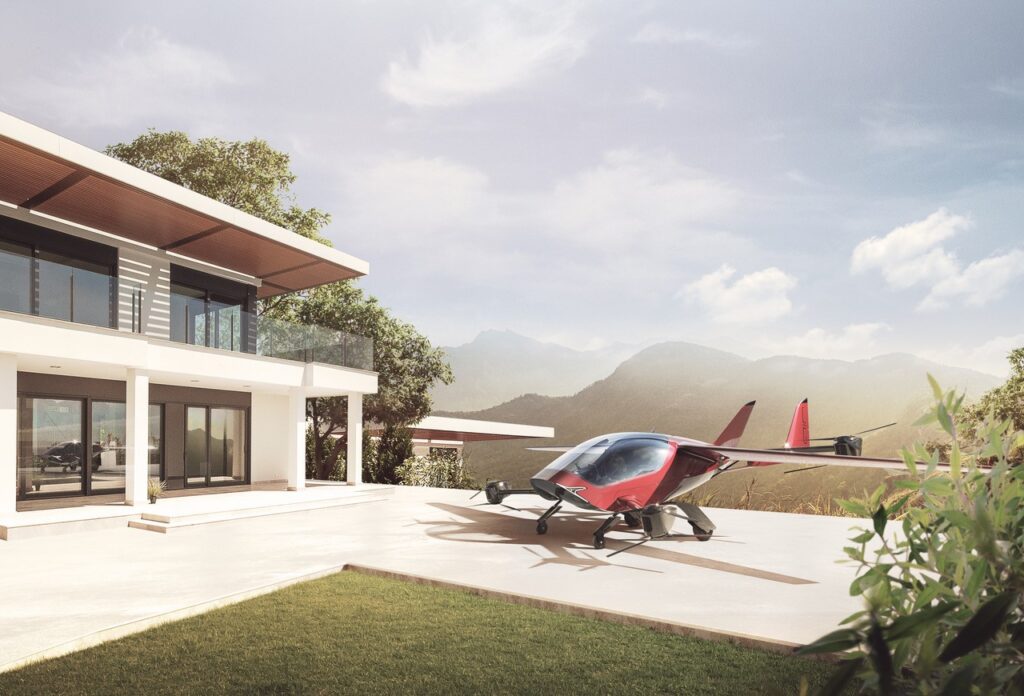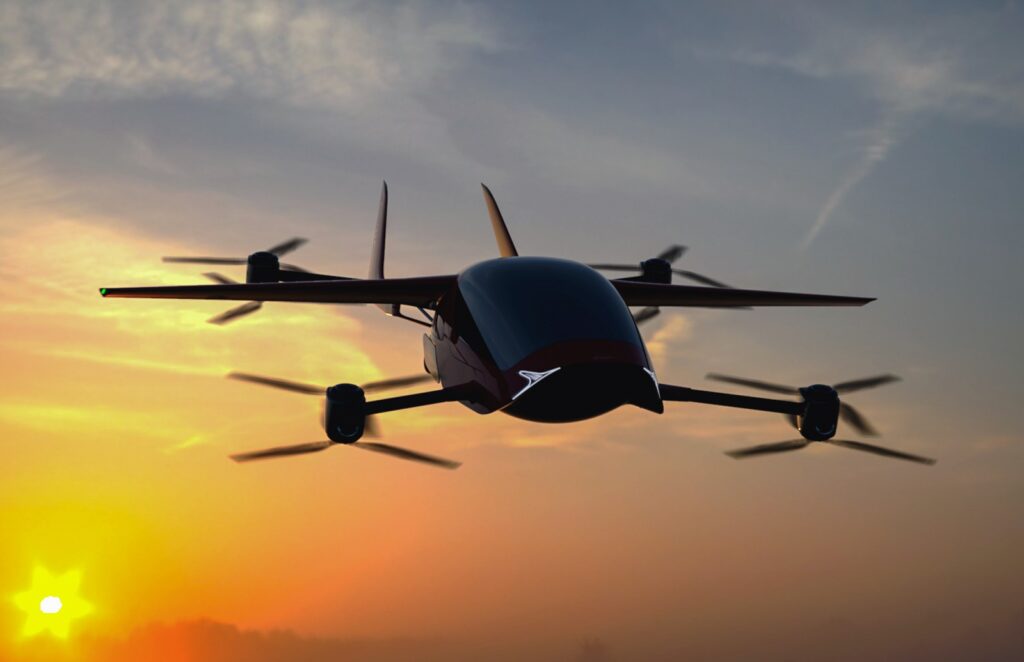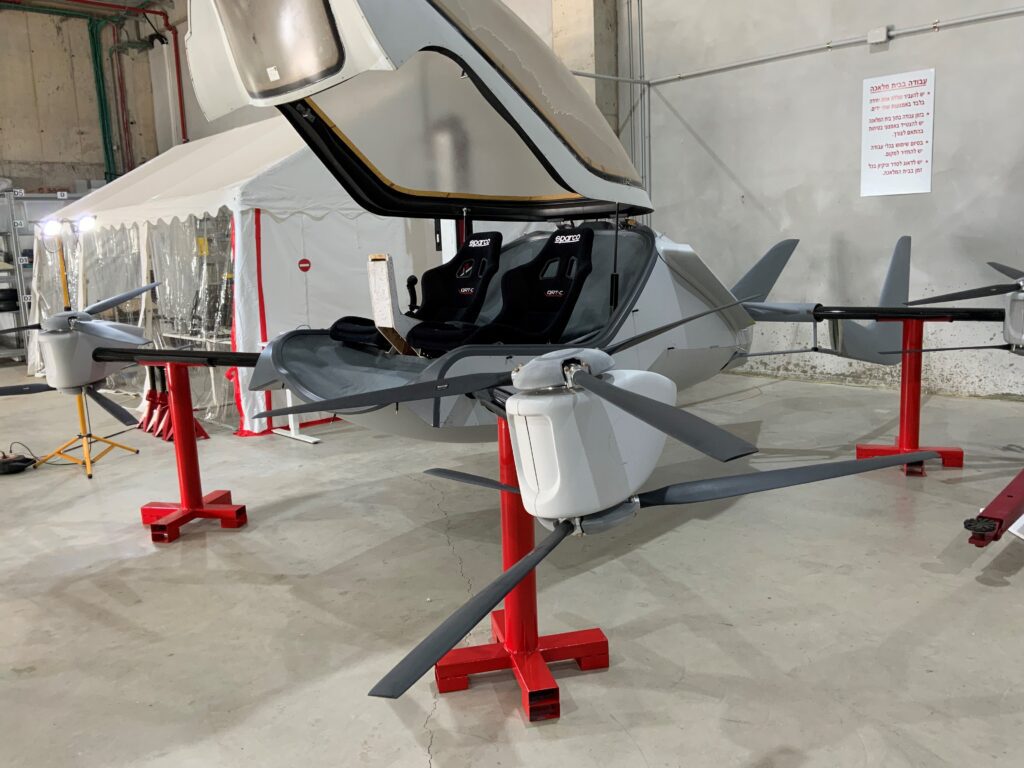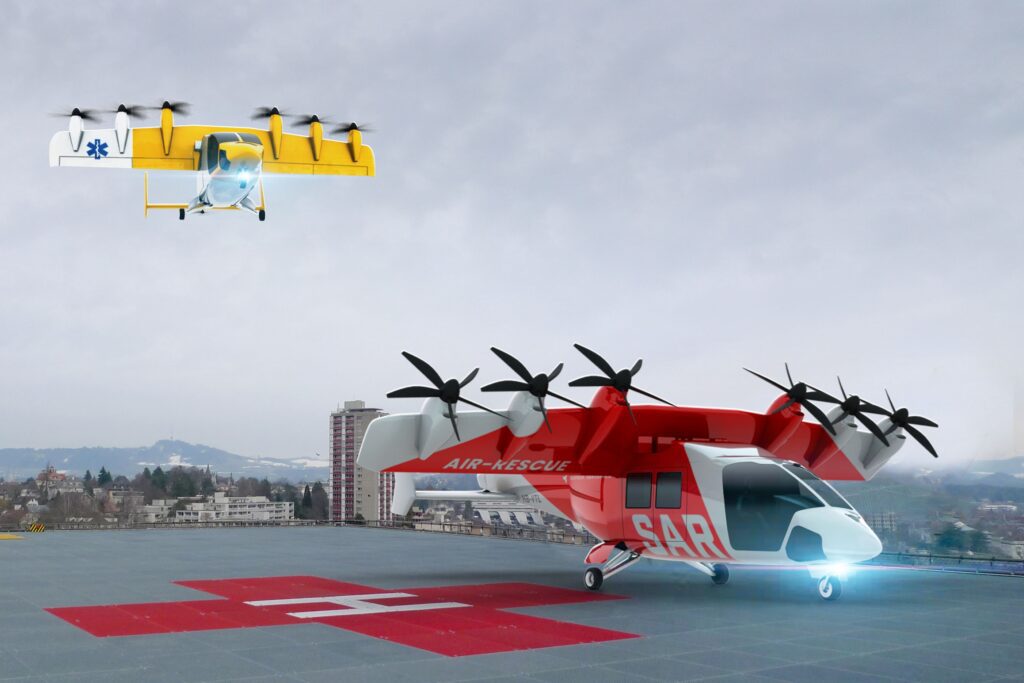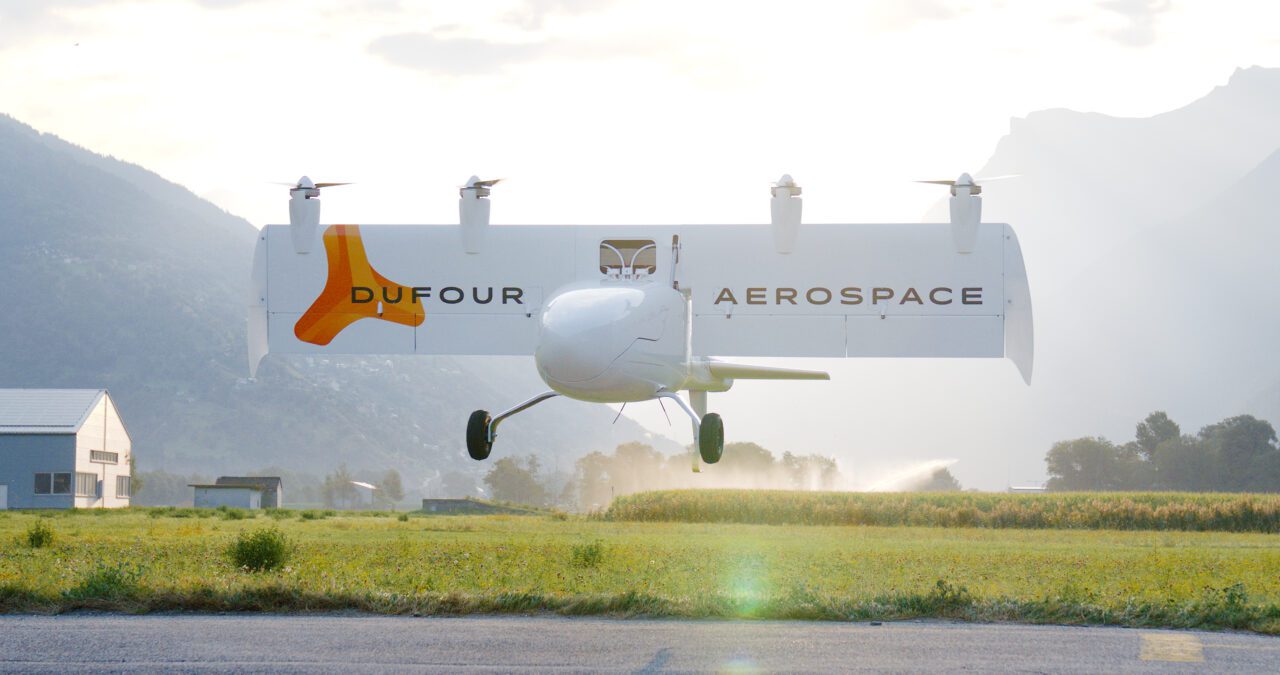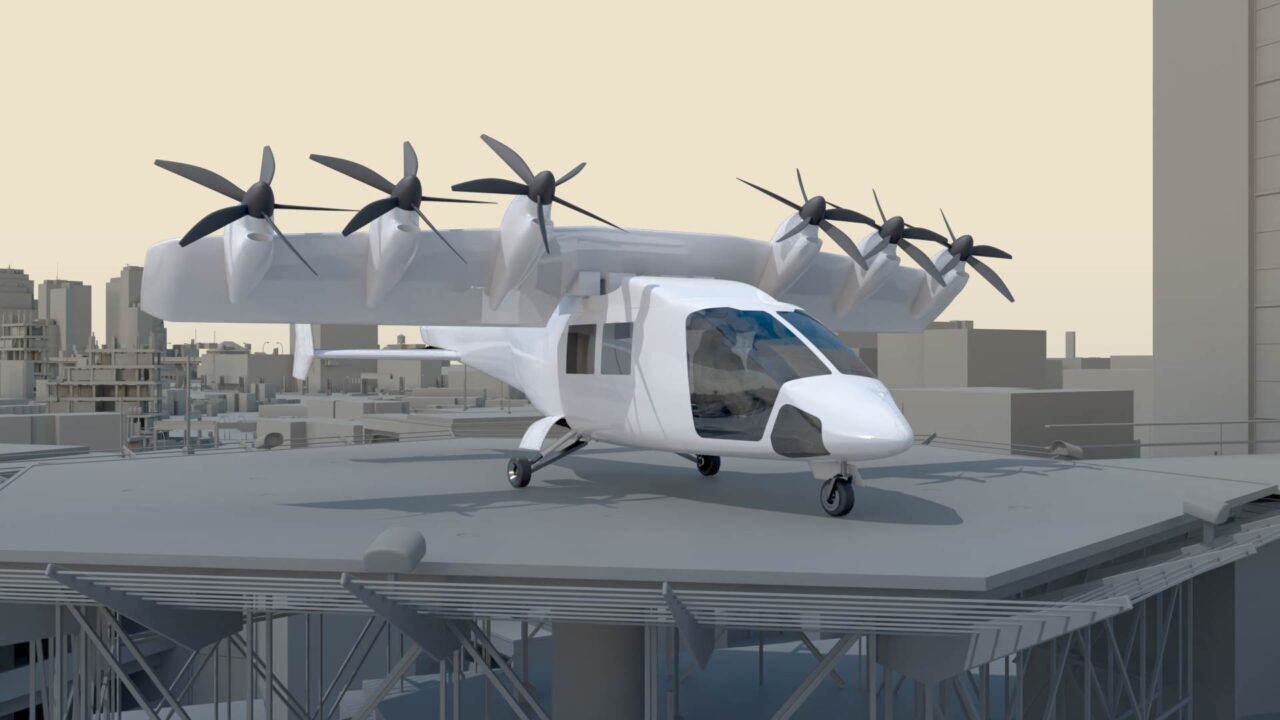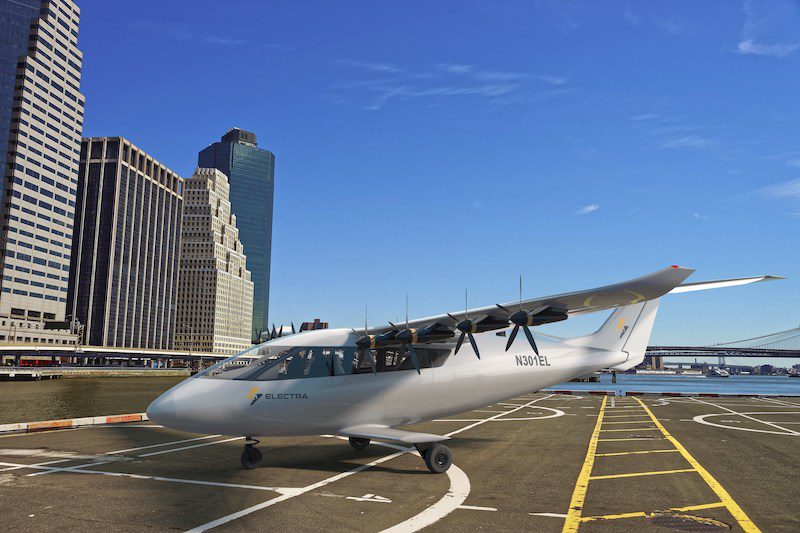Lockheed Martin Finishes 2021 With Strong Fourth Quarter


Lockheed Martin delivered 52 F-35s in the fourth quarter of 2021. Pictured here is the company’s F-35 production factory located in Fort Worth, Texas. (Lockheed Martin)
Lockheed Martin on Tuesday reported strong fourth quarter financial results, ending a challenging 2021 on a high note, although the company continues to project a drop in sales in 2022.
Net income in the quarter rose 14 percent to $2 billion, $7.47 earnings per share (EPS), versus $1.8 billion ($6.38 EPS) a year ago, results that cruised well above consensus estimates of $7.15 per share. Sales increased 4 percent to $17.7 billion from $17 billion a year ago.
Overall, in 2021 sales increased 3 percent to a record $67 billion from $65.4 billion in 2020 and net income tumbled 8 percent to $6.3 billion ($22.76 EPS) from $6.8 billion ($24.30). Lockheed Martin’s annual earnings took a substantial hit in the third quarter due to $1.3 billion charge related to pension costs.
Last October, when Lockheed Martin released its third quarter financial results, the company reduced its sales outlook for 2021 and 2022 due to supply chain constraints on several of its operating segments. James Taiclet, the company’s chairman, president and CEO, said on Tuesday that there are still supply chain disruption risks but “we think the bow wave has passed in supply chain disruption for Lockheed Martin.”
Sales in 2022 are forecast to be about $66 billion, down more than a percent from 2021, and earnings are forecast to be about $26.70 EPS. Free cash flow is projected to be at least $6 billion, about $500 million below the prior outlook due to an expected tax payment related to a research and development amortization provision in a 2017 COVID-19 stimulus bill.
Free cash flow in 2021 was $7.7 billion. Lockheed Martin spent $4.1 billion of its free cash on share repurchases and $2.9 billion on dividends to shareholders. The company also spent a record $1.5 billion on independent research and development, with key investments in hypersonics, directed energy, and artificial intelligence, Taiclet said.
The company also created mission-based technology roadmaps and invested in its 5G.mil architecture to enable joint all domain operations across platforms and military services and allies, he said.
Sales in the quarter were up at the Missiles and Fire Control, Aeronautics, and Rotary and Mission Systems segments, driven by the PAC-3, tactical and strike missile programs, F-35 fighter aircraft, classified, C6ISR, training and logistics, the Canadian Surface Combatant and Aegis programs.
Lockheed Martin delivered 52 F-35s in the quarter versus 42 a year ago, and 142 in all of 2021 versus 120 in 2020. The program is currently expected to peak at 156 aircraft per year. The F-35, including production, development and sustainment, accounts for about 25 percent of the company’s revenue.
Lockheed’s fourth quarter earnings report comes following the company’s undisclosed investment in electric vertical takeoff and landing (eVTOL) aircraft developer Electra.aero last week.
The post Lockheed Martin Finishes 2021 With Strong Fourth Quarter appeared first on Aviation Today.
—————
Boost Internet Speed–
Free Business Hosting–
Free Email Account–
Dropcatch–
Free Secure Email–
Secure Email–
Cheap VOIP Calls–
Free Hosting–
Boost Inflight Wifi–
Premium Domains–
Free Domains











